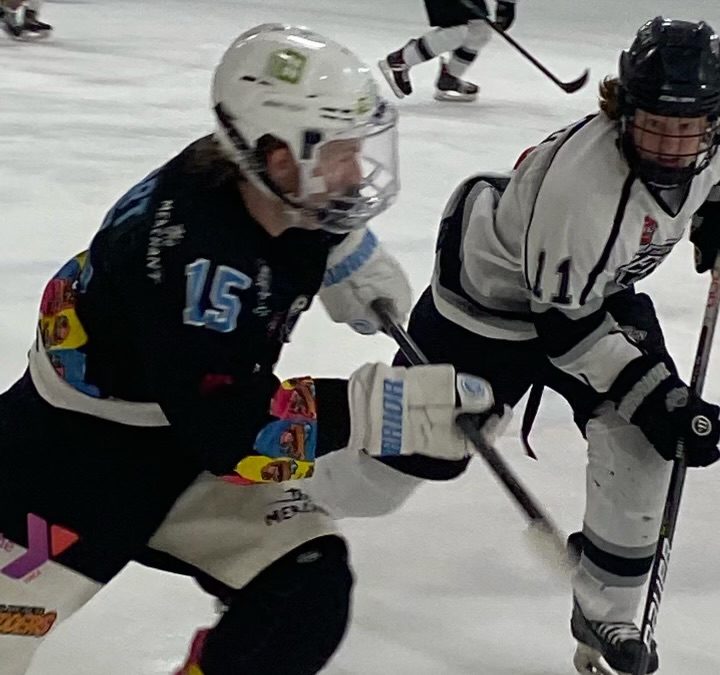What is a groin strain?
A groin strain, or adductor strain, is an injury to one of the muscles on the inner thigh (adductor longus, brevis, and magnus; gracilis; and pectineus). Their primary function is to bring the leg back towards the middle of the body, or adduct the hip.
A muscle strain occurs when the force placed on the muscle exceeds its capacity and causes the fibers to tear. The severity can differ from one injury to another and can affect different regions of the muscle. Typically, we’ll see strains occur at the muscle belly, near the middle of the inside of the thigh, or near the pubic bone, where the muscle turns into a tendon and attaches to the bone.
Two noted factors that predispose an athlete to a groin injury include decreased flexibility of the groin, hip flexor, and glutes, and weakness of the adductors/groin muscles. Strains of this nature can cause an athlete to miss significant time from their sport.
Who is most susceptible to a groin strain?
Just like a quad or a hamstring injury, any active individual can sustain a groin strain. That being said, there are certain sports that have a higher incidence of this type of injury. Due to the nature of their repetitive patterns, ice hockey and soccer are two sports where we often see groin strains.
Previous reports in the NHL have shown that up to 10% of all injuries sustained have been due to strains of the groin or adductor muscle group. In today’s NHL, it is a little tougher to note since these injuries are now classified as “lower body” and not specified. Groin injuries can be debilitating as the muscle group is elongated on the skating stride and contracted on the swing phase, so it is constantly being stressed.
In soccer, common mechanisms for straining a groin muscle include shooting and kicking, which require a strong force on the swing phase. They may also strain their groin during a quick change in direction or acceleration.
These are not the only movement patterns that can cause a groin strain; change of direction or shuffling in basketball, hurdling in track and field, performing the splits in gymnastics or cheer…the list can go on and on.
I strained my groin…what now?
When a groin injury occurs, it is important not to play through it and to seek medical advice from a qualified physician, athletic trainer, or physical therapist who works with athletes with these types of injuries. If a strain affects your stride, speed, or power, it will typically get worse if you continue to play. A normal treatment will include rest, pain-free flexibility of the adductors, glutes, and hip flexors, and strengthening of the adductors and hip flexors. A slow, gradual return to sport-specific activities followed by a return to practice is also a key to the recovery before returning to games. Once the pain has subsided, it is still important to maintain flexibility and strength in your hips to help prevent future injuries.
Check out our new Recovery Program at Compete Sports Performance and Rehab today!
Chris Phillips is an Athletic Trainer and Strength and Conditioning Specialist with over 30 years of experience in professional sports. Chris has worked in the NHL with the Mighty Ducks of Anaheim and Washington Capitals and attended the 2022 Winter Olympics with the Czech Republic Figure Skating Team. He is the founder of Compete Sports Performance and Rehab in Southern California. Chris can be reached at chris@competeperformance.com.

